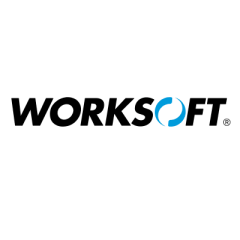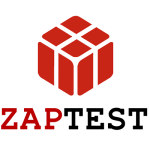What is our primary use case?
We used Worksoft Certify with SAP ECC and Fiori applications in the beginning. We extended that to the ServiceNow application. We have up to 15 modules in ServiceNow with 750 test cases. Our regression testing suite is around a 1000 processes.
How has it helped my organization?
Previously, the business was spending a lot of time on processes. So, we started automating and executing these processes on a weekly basis. Last year, we had planned and resourced only one major upgrade, but due to this automation work, we were able to add one extra upgrade.
What is most valuable?
It provides a lot of time savings. We are always ready to execute a task whenever the business asks us. We saved approximately 7000 hours in 2018.
The solution is easy to use.
What do I think about the stability of the solution?
The stability has been good, so far.
What do I think about the scalability of the solution?
The scalability has been good. At first, we targeted complete automation only for ECC systems. Then, we extended it to CRM and ServiceNow, not only for the North American region, but for the European and Asian regions, as well. Our company is global, and our next regional rollout will be Latin America.
How are customer service and technical support?
The level of technical support depends on the engineer who comes to the call. I'm not really happy with it. I want to have quick response for my issues. I'm not the technical person. I'm paying for them to support me.
They come on, and say, "Oh, so-and-so link is here, go through that link, and make the modifications." I'm not comfortable in making those changes. I want to schedule a call, share my screen, and have them fix it for me. That would be a beneficial time savings for both of us.
Which solution did I use previously and why did I switch?
We were using UFT before Worksoft and were not happy. UFT was too technical. We wanted to switch over to an easier tool, which was how we switched to Worksoft.
How was the initial setup?
The initial setup went well. It was straightforward. We wrote all down instructions and procedures that we need to have before the installation. Once we had everything in hand, the configuration was easy.
What about the implementation team?
Worksoft did the deployment. They were awesome.
We worked with Charlene Smith. She did the installation for us.
What was our ROI?
We saved $1.3 million using Worksoft Certify in 2017.
Our 2018 numbers aren't available yet.
What's my experience with pricing, setup cost, and licensing?
We are not using Capture 2.0 at this point, because we don't have a Worksoft Analyze license.
Which other solutions did I evaluate?
This solution came to us as part of IBM ELA Worldwide. The company had ELA at that time and told us that this was part of our ELA, "Why don't you go try it out?" We did a PoC, and we liked it. Without a second thought, we signed up for it.
What other advice do I have?
I definitely recommend Worksoft Certify. We went with a vendor and have seen a lot of problems with it, so go with the best partner for automation. I also want to advise to go with the best practices, as there is a difference technically when you follow the best practices.
We have integrated Worksoft Certify with Micro Focus ALM. From ALM, we execute some tasks from Micro Focus Quality Center.
Our test maintenance time is really low at this point. In the beginning, we were having around a 30 percent of failure test cases and spending a lot of time on those test maintenance cases. Now, there is less than ten percent failed. We use Execution Manager, and once the execution is done, we spend time on the less than ten percent of failed test cases failed. For the last six months, we have not crossed more than ten percent.
Disclosure: I am a real user, and this review is based on my own experience and opinions.













